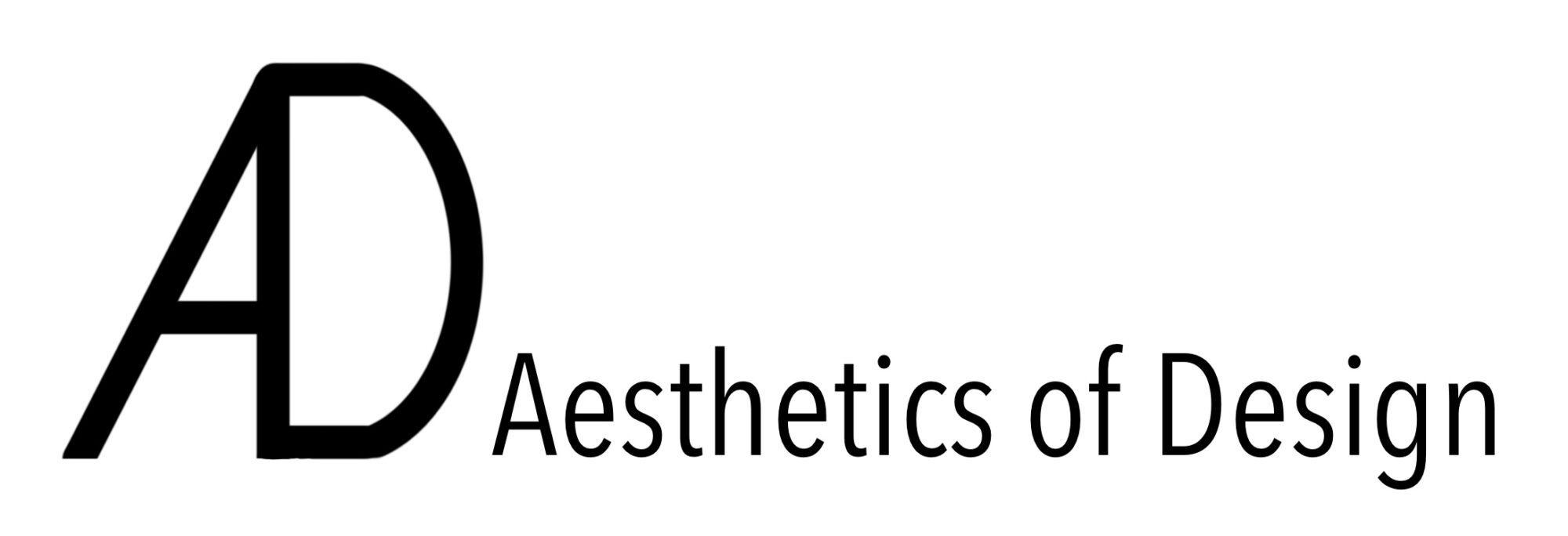Progress
Progress is going well. Although I did not get much work done over Spring break, I have made some progress over the last few days. Below are some sketches that show some of the design features of the lamp.

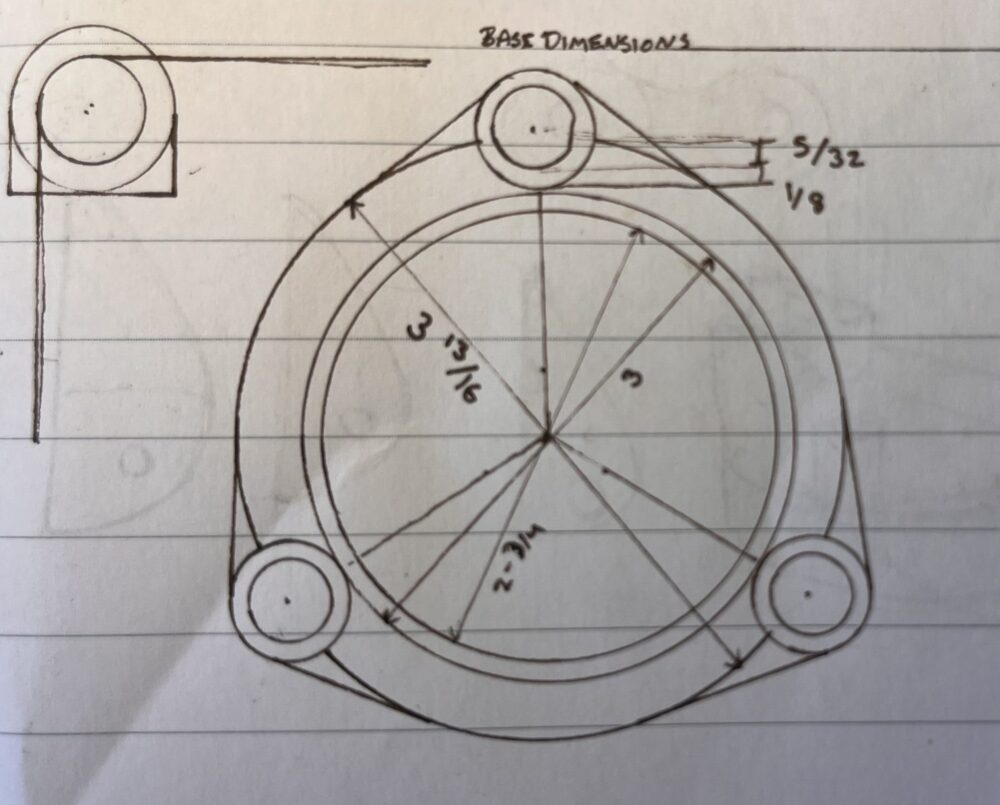
Physical Prototype
I have constructed a proof of concept prototype. The scale matches my original goal; the lamp stands 12 inches tall and is stable without being too wide. The linear bearings slide effortlessly on the rods, and the carriage stays level and balanced across its travel.
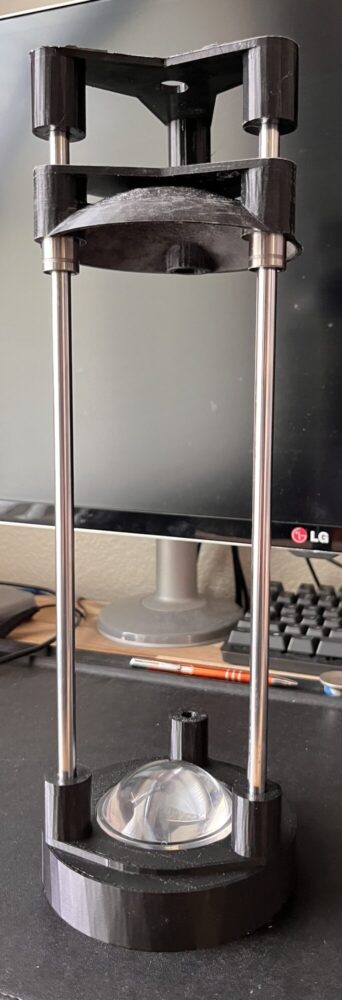


Originally, I wanted to use a screw type knob to manipulate the pulley system. This would preserve the simple footprint of the lamp, but would be aesthetically unappealing and take away from the streamlined feel of the lamp.
Instead of a manual pulley reel, I am adding a counterweight, so that the carriage stays in whatever position it is left at. In order to include this counterweight without decreasing stability and reliability, I am adding another rod.
Keeping with the space age and minimal theme, I am making a spherical counterweight which will serve as the main point of user input. The counterweight will be orb-like, and be reminiscent of a planet. A rope will connect the top center of the parabolic reflector to the sphere through two pulleys.
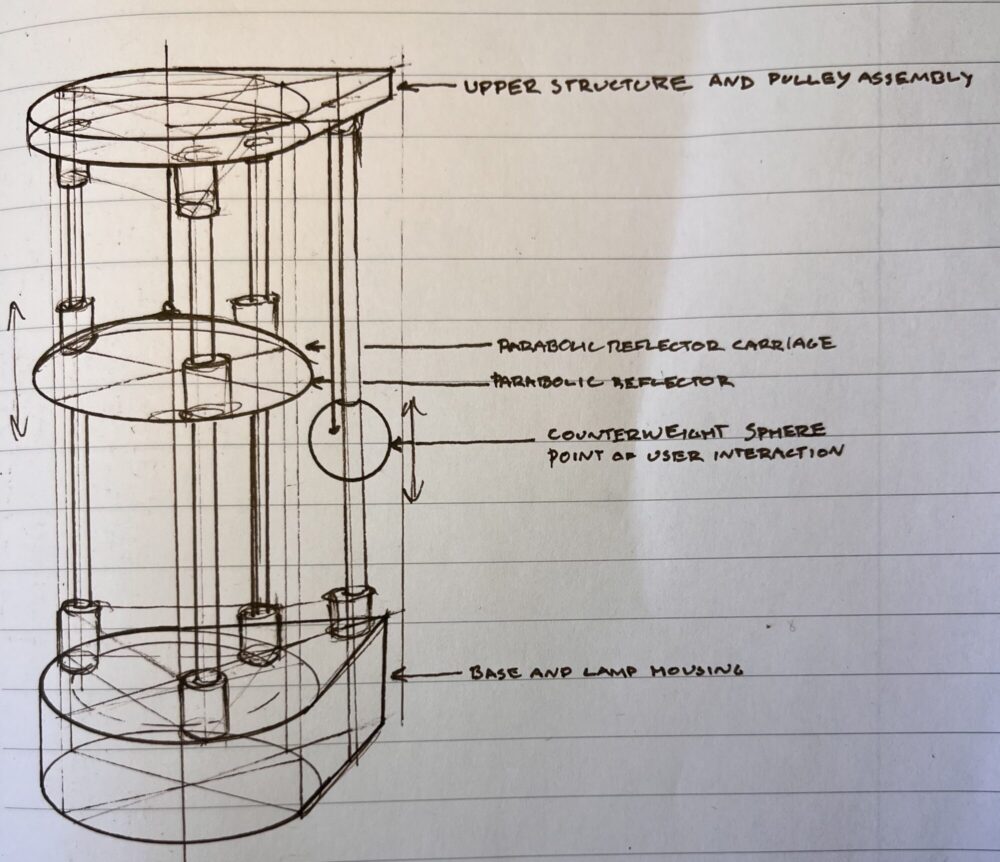
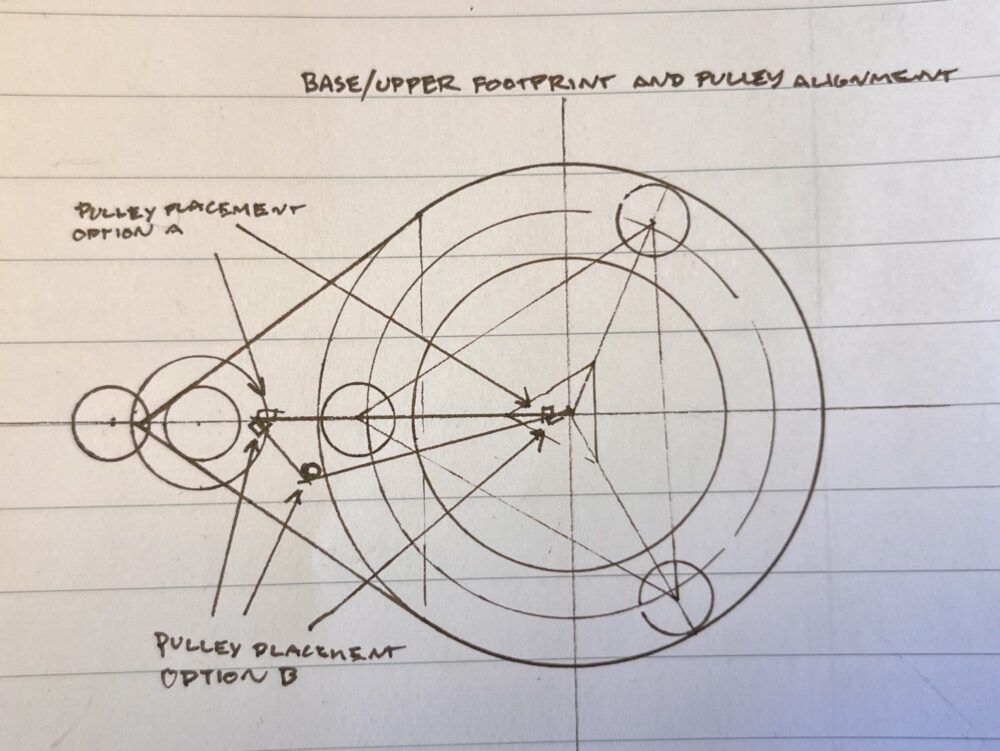
Specifications
1. At its lowest setting, the reflector will block most of the light and will behave like a night light/ambient lighting. At its middle setting, the lamp will serve as a reading lamp and will light up the space immediately surrounding it. At its highest setting, the lamp will allow light into the room
2. Visually simple, no exposed electronics.
3. Stable. Since the lamp is somewhat tall, I want it to be stable, especially when being manipulated
4. Smooth. This design prioritizes mechanical smoothness when moving the carriage up and down. I don’t want this lamp to feel like an amateur arts and crafts project when handled, so I am focusing on this aspect.
5. I am going to make two versions of the parabolic reflector: one with a spray painted reflective surface and one with disco mirror tiles glued along the inside. I personally prefer the disco tiled one, but I am concerned that it might take away from the minimal vibe of the lamp as a whole (maybe that’s a good thing?).
Constraints
- Time. I am working on many other projects at this point in the semester so time is the main constraint I am facing.
- Cost of Materials. Many components are expensive; small things add up quickly so I have had to be calculated with what I purchase. I also have had to be mindful of creating designs and using manufacturing processes that are more cost efficient.
- Complexity of some mechanisms. In order to keep the look of the lamp clean, I am trying to conceal as much of the pulley and supplemental counterweight system as possible. If I place this on the underside of the upper structure, the direct path for the rope from center to center would collide with the rear support rod. This can be solved by shifting the angle 15 degrees and adding an intermediate pulley which routes the rope to the counterweight pulley. This would add mechanical complexity and may increase the chances of the rope coming off the pulley.
- If I place the pulleys on the top, then the rope from center to center could run directly. The pulleys would always be in perfect alignment, reducing undue stress that will inevitably be caused by option 1. This however would detract from the aesthetic of the lamp, and be visual clutter.
- Busy Season in Makerspaces. Many students on campus are in the middle of big end of year projects. This leads to congestion in makerspaces, especially with specialized machines. This has added some delays to my progress.
